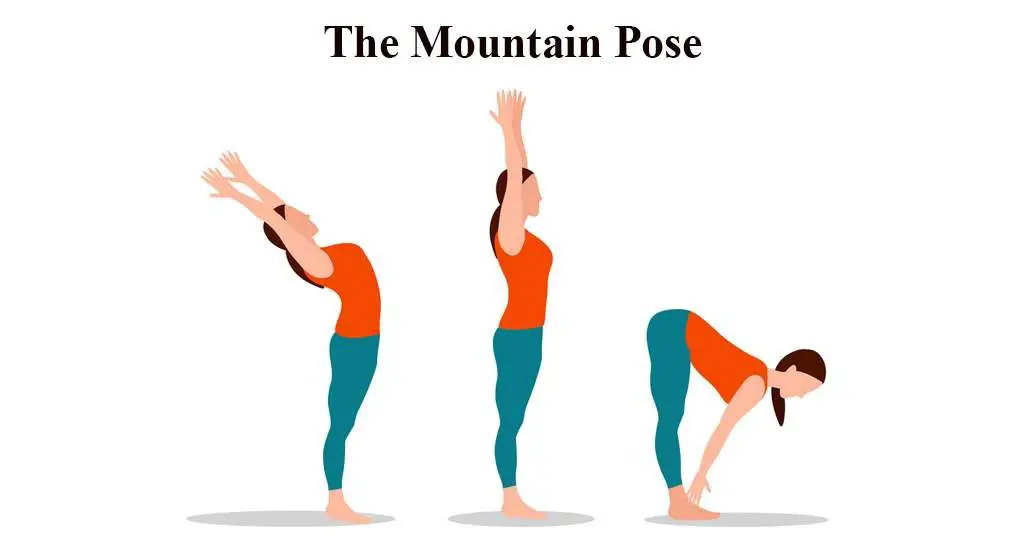The Tree Pose is frequently called the mountain pose or Samasthiti in modern yoga; it’s not mentioned in ancient hatha yoga books. It’s the basis for many other dynamic poses, such as the Upward facing dog pose and the Downward facing dog pose. Also, it improves your arms and legs’ strength and is particularly useful for those who have been sitting or exercising for some time. The pose can also be used when learning a new posture.
The mountain pose originates from a technical problem arising from balancing a straight-forward body with a bent leg. When you’re sitting, balancing your weight on a single leg can be a problem. Gravity pulls the other leg down toward the thigh, making that leg raise only partially (toward the knee). This partial raising is due to the position of the head about the spine and is achieved by placing the head higher than the pelvis.
There are a number of poses that can help to solve this problem. The Tree Pose in Vinyasa, which involves a variation of the Upward facing dog pose, consists of an arm twist that places the upper body in a more forward position. By balancing the head higher than the pelvis and drawing the other arm across the body, you can reduce the effects of gravity on the other side. This shift allows the upper body to stretch out while stretching the lower back and improving circulation. It also opens up the chest and will enable you to sit up straight.
For the Downward facing dog pose, which is often called the trunk pose, you’ll want to keep your chin halfway up toward your chest. This keeps your shoulder blades under your chin and pulls your pelvis toward your spine. This removes the hips away from the legs, making them smaller and less intrusive on the upper body. It also forces you to lift your knees slightly off the floor. Allowing your feet to stay close to the floor, you’ll feel much more supported and balanced as you assume The Mountain Pose.
The Mountain pose can also be practiced with your head higher than your heart, or even with your head lower than your heart! You can practice this pose practice anytime, even in the middle of a stressful day. Just knowing that you have the strength and energy reserves to continue with your poses means you can relax, knowing you’ll be strong enough to finish the session. Your mind will be more peaceful as you work through each breath, letting go of any worry or concern.
Other benefits of practicing The Mountain pose include improved balance and coordination and an increase in your sense of self-confidence. Both the strength and flexibility gained from this pose make it a great practice before or after yoga classes. To speed up the process of learning this pose, start out doing a slow, steady pose for half a minute and then switch to the more extended version. With regular practice, you’ll find yourself feeling more assertive, more aware, and more alert.

